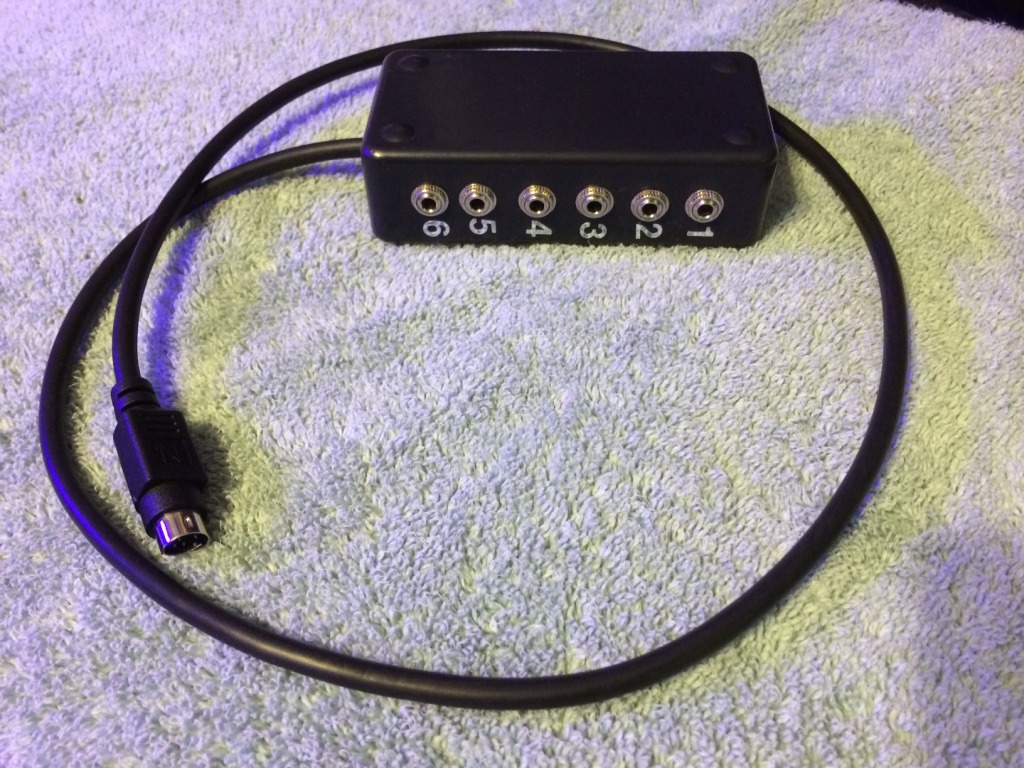- Joined
- Jun 9, 2016
- Messages
- 563
- Reaction score
- 469
I just setup my first tank with a sump. It was my first time plumbing, etc and I'm super scared that something is going to fail or falter. so what is the right way to use an apex to monitor for leaks, potential overflows etc. I really have no idea where to start other than with the FMM with some leak detection sensors and the optical sensors, but I don't know what water levels to monitor, how or why.

















